Remote Monitoring and Management (RMM) tools enable businesses to monitor, maintain, and manage IT infrastructure and endpoints remotely. These solutions offer streamlined operations, improving technology oversight and control.
Remote Monitoring and Management tools are essential for IT service providers, offering a centralized platform to oversee client networks, systems, and devices. These tools help automate routine tasks, deploy software updates, and troubleshoot issues proactively. Users report that these solutions reduce downtime and enhance the efficiency of IT teams, allowing them to address client needs swiftly and effectively.
What are key features of RMM solutions?RMM solutions are implemented in industries such as healthcare, finance, and retail. In healthcare, they ensure system uptime for patient management. Finance companies use them for compliance and data protection, while retailers rely on RMM to secure point-of-sale systems and manage networked devices.
RMM solutions help organizations maintain IT infrastructure efficiency, enhance security, and provide better service management, making them a crucial technological choice.
| Product | Market Share (%) |
|---|---|
| Kaseya VSA | 17.5% |
| NinjaOne | 12.2% |
| Datto Remote Monitoring and Management | 11.8% |
| Other | 58.5% |
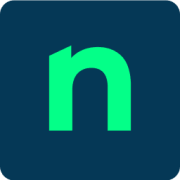
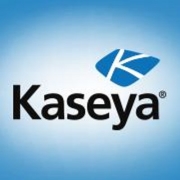
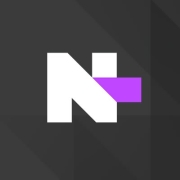
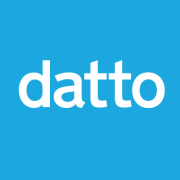


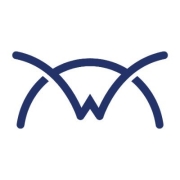


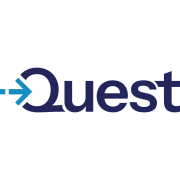

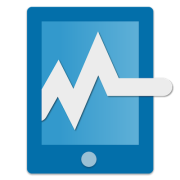
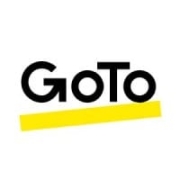
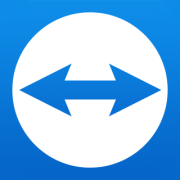


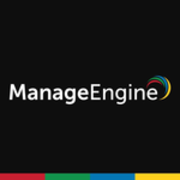


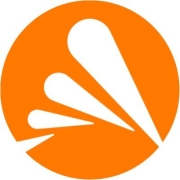
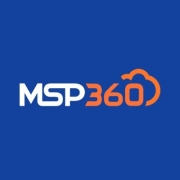


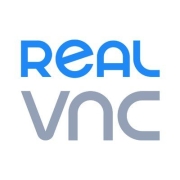
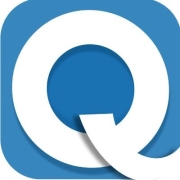






Mobile device management (MDM) is the protocol that administrators use to manage a company’s mobile devices. MDM solutions enable administrators to control every aspect of the mobile devices that members of their organization use for work. To many, there seems to be no difference between RMM and MDM. However, when one examines them carefully, one will realize that while they may be similar, they are starkly different.
MDM is a highly specific type of protocol and software. While it enables administrators to gain insights into the mobile devices that a company’s employees are using, its focus is a narrow one. RMM takes a more broad view of network health. In fact, many RMM solutions employ MDM features in their design so that they can address that particular aspect of network management. MDM is an important aspect of the RMM process. However, it is only a single facet of what can go into the RMM process. RMM is a broader category that can also include various protocols and pieces of software that allow for the management of servers and other devices that are physically connected to the organization’s networks.
PSA (professional services automation) is a class of software that enables organizations to integrate automation into their business operations. They are an all-in-one program for making automation a core part of business operations. PSA solutions enable administrators to create consistency across their networks.
Managed service providers (MSPs) are the group that uses PSA software in conjunction with RMM platforms. PSA is vital to the successful management of networks by MSPs. RMM software and platforms are the programs that do all of the tasks that MSPs are hired to accomplish. PSA software tracks all of the data that is produced by the RMM solutions as they are performing their tasks. When these two types of software are combined, they streamline the entire monitoring and management process.
RMM software solutions are the programs that administrators use to monitor and manage their networks. These are the programs that actually empower administrators to take full control of their network administration process. RMM solutions can assist IT professionals in a number of different ways:
When RMM software is deployed, the whole process of remotely maximizing the efficiency of a network becomes infinitely easier for organizations and managed service providers to handle.
The price of an RMM solution is variable and can be impacted by many different factors. These factors can include:
RMM solutions provide tools that automate IT processes, allowing you to manage and monitor all endpoints effectively. By automating routine maintenance tasks and providing real-time updates, RMM allows you to focus more on strategic decisions rather than being bogged down by daily IT operations. This results in reduced downtime and improved productivity, giving your business a significant efficiency boost.
What Security Features Should You Look for in an RMM Solution?When choosing an RMM solution, prioritize features such as endpoint detection, vulnerability assessments, patch management, and data encryption. A good RMM tool ensures that your devices are secure from threats and that you can quickly respond to any issues. Comprehensive monitoring and alerting capabilities also help you stay ahead of potential risks.
Can RMM Solutions Be Customized to Fit Specific Business Needs?Yes, many RMM solutions offer customizable features that allow you to tailor the platform to your business's specific needs. Whether it's setting up custom alerts, creating specialized reports, or managing unique devices, RMM tools provide the flexibility to adapt to various IT environments, ensuring optimal performance and service delivery.
How Do RMM Solutions Help in Reducing Operational Costs?By automating IT processes and providing remote access for troubleshooting, RMM solutions significantly reduce the need for on-site visits. This decreases travel costs and maximizes use of your IT resources. The tools also preemptively detect issues, preventing costly downtime and ensuring fast resolutions, which directly contributes to cost savings.
Why Is Real-Time Monitoring Important in RMM Solutions?Real-time monitoring is crucial as it allows for immediate detection and resolution of IT issues, minimizing disruption to business operations. With real-time insights, you can proactively address potential problems before they escalate, ensuring network reliability and uptime. This continuous monitoring ensures that your IT systems remain secure and efficient at all times.